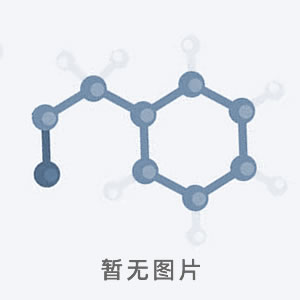本网站销售的所有产品仅用于工业应用或者科学研究等非医疗目的,不可用于人类或动物的临床诊断或者治疗,非药用,非食用。
Recombinant Human Interleukin-15
英文名:
Cas号:
Cas号:
检测信息查询

| 货号 | 规格 | 货期 | 库存 | 价格 | 会员价 | 订购 |
| 1308132542-10 μg | 0 | ¥4200 | ||||
| 1308132542-50 μg | 0 | ¥12800 |
| 别 名 | |
| Cas号 | |
| M D L | |
| 分子式 | |
| 分子量 | |
| 产品参数 | |
| 性状 | Recombinant Human Interleukin-15 是一种多效细胞因子,包括 T,B 和 NK 细胞刺激活性。
Synonyms rHuIL-15; IL15 Species Human Source E. coli Accession P40933 Gene ID 3600 Molecular Weight Approximately 12.5 kD AA Sequence NWVNVISDL KKIEDLIQSM HIDATLYTES DVHPSCKVTA MKCFLLELQV ISHESGDTDI HDTVENLIIL ANNILSSNGN ITESGCKECE ELEEKNIKEF LQSFVHIVQM FINTS Biological Activity The ED50 is <0.5 ng/mL as measured by CTLL-2 cells, corresponding to a specific activity of >2 × 106 units/mg. Appearance Lyophilized powder. Formulation Lyophilized after extensive dialysis against 20 mM PB, pH 7.5, 150 mM NaCl buffer. Endotoxin Level <1 EU/μg, determined by LAL method. Reconstitution Reconstitute the lyophilized recombinant Human Interleukin-15 (rHuIL-15) to 100 µg/mL using ddH2O. Storage & Stability Lyophilized recombinant Human Interleukin-15 (rHuIL-15) is stored at -20°C. After reconstitution, it is stable at 4°C for 1 week or -20°C for longer. It is recommended to freeze aliquots at -20°C or -80°C for extended storage. Shipping Room temperature in continental US; may vary elsewhere. Background Interleukin 15 is a cytokine that shares many biological properties with IL-2, including T, B and NK cell-stimulatory activities. Interleukin-15 has significant potential in cancer immunotherapy as an activator of antitumor CD8 T and natural killer (NK) cells[1]. Interleukin-15 (IL-15) is a pleiotropic cytokine and a member of the four α-helix bundle family of cytokines which include IL-2, IL-4, IL-7, IL-9, IL-15 and IL-21. IL-15 exhibits a broad biological activity and induces the differentiation and proliferation of T, B and natural killer (NK) cells. As a potent pro-inflammatory cytokine, IL-15 plays an important and complex role in autoimmune disease and inflammation. IL-15 plays a pivotal role in some hematological malignancies and presents anti-tumor effects. The direct administration of IL-15 has shown anti-tumor effects in several preclinical mouse tumor models[2]. |
| 贮存 |

 小程序扫码下单
小程序扫码下单

 沪公网安备 31012002003054号
沪公网安备 31012002003054号